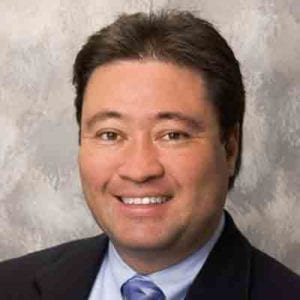
The new FDT IIoT Server™ (FITS™) standard is out for review and comment by our members. This is a major milestone towards publicly releasing the standard at the end of this year. The ability to deploy a single server, either locally or in the cloud, and access the complete project structure and all devices with a simple web browser is garnering significant interest in the industry. The ability to get access to configuration, health, and diagnostics information from a tablet or smart phone is a compelling business process improvement. Since the architecture also supports APPs, I look forward to an exponential increase in functionality, further improving plant efficiency.
Perhaps one of the most asked about features of FITS is the integration of an OPC UA Server. The FDT Group and the OPC Foundation jointly authored this exciting capability. Unlike patchwork solutions that try to get access to some device information through OPC UA, the FITS architecture allows all devices on all networks to be accessed through the FITS Server. Due to the very scalable FDT architecture, this capability requires no special configuration by the end user. It is simply there and it works. Any OPC UA client that has the correct security profile can browse the entire project structure and access any information available from the FITS Server. That is a real game changer.
While the OPC UA capabilities are easy for an end user to leverage, it is even easier for the vendor community. The device suppliers that have a DTM to support their devices in the FDT standard do not need to do any additional work to support the OPC UA capabilities. The FDT/FRAME or FITS Server simply utilizes existing interfaces within the DTM to support all of the OPC UA data requirements. This is an elegant way of increasing the business value of a DTM without any additional investment by the developer.
The FITS architecture brings exciting new capabilities to the end users in part due to its distributed architecture. While the business value of the FDT standard is taking a leap forward, we are highly sensitized to the need for heightened security to support the multiple deployment options. To this end, we have assembled a team of security experts from our member companies that are reviewing the standard with an eye toward strong security. They will also engage outside technical resources to assist them in ensuring a robust security architecture. While we will always need to ratchet up security as time progresses, I view this as an excellent foundation for a security hardened standard. My thanks to our dedicated security volunteers.
The developers’ tool kits for FITS, also known as Common Components, are currently in development. Anyone wishing to author products in support of the FDT FITS standard will welcome these rich tools. Built upon the FDT 2.1 common components, these tools relieve the developer of most of the work of integrating the standard into their product in favor of focusing on creating value added capabilities for the vendors’ products. The common components also speed the product through the certification process since generally more than 70% of the test cases are eliminated due to pre-certification of the common components.
The progress and insightful direction of the FDT Group has been outstanding. Now our FDT Group Board of Directors is looking for a few companies, vendors or end-users, that would like to join as a sponsoring member to set the future direction of the FDT Group and its associated standards. Our organization is entirely membership lead so your participation at the Board level has a direct and measurable effect on the direction and outcome of the organization. I welcome the opportunity to discuss this exciting possibility with any interested company.
Lee Lane – Chairman of the FDT Group Board of Directors